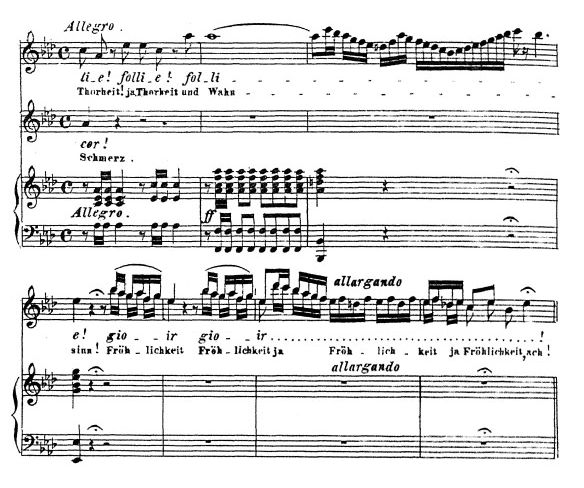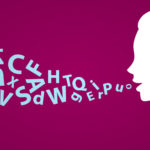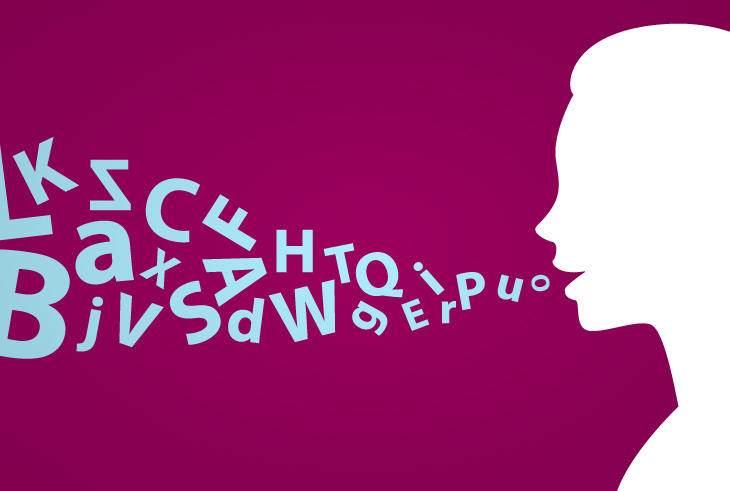
Vowel Formation – Too Back/Swallowed
Vowel formation is so very important. People hear vowelled tone that is either beautiful or not, intelligible or not. Vowel formation is also directly related to whether the registration is allowed to develop and work according to the laws of physics. If the vowel size and shape is wrong, then all is out of alignment.
Specifically, a common fault is heard wherein the vowel is too far back as a feel – swallowed or too dark with a hollowness to it. The beauty of the tone is negatively impacted, the vowel itself is warped, and the pitch is often flat. The person singing this too far back vowel may have been trained to do this, or simply tried to emulate a famous person or the sound of a choir with all vowels very rounded all the time. Maybe the sound is pleasing to the ears as it sounds good inside the person’s head, while not necessarily feeling good.
However, the way we judge a sound is by the holistic function. For every pitch there is a certain size of vocal cords vibrating. For that pitch, with any given vowel, there is a specific size and shape of that vowel that matches exactly. As the pitch goes up and down, the vowel must correspond so as to not violate “cavity coupling” which is what happens as the oro-pharynx syncs up with function in the larynx.
There is a feeling as one sings higher that the vowel shifts and becomes rounded or darker. Some call this process “covering” – a direct manipulation of usually the mouth and lips to modify the vowels. Yet, this is not particularly helpful as the vowel then bullies the registration. The vowel becomes primary and the registration – the source of the vowel size and shape – is unfortunately relegated to a secondary role. This forcing the registration to obey a manipulated vowel is incorrect, and does not lead to vocal freedom.
The process of singing higher can more aptly be named “turning” where the activity is actually done in the registration, the vowel modification being more and more automatic, and no attempt at overdoing it.
There will be a feeling of the vowel being rounded and back as one ascends the scale. It will be felt and heard as if the sound from the singer is emanating from the forehead and from the chest area and from the mouth, all at the same time. Yet, this advanced sound appears after much study. The advanced singer does not manufacture these sounds, but this is a result that actually feels so vocally effortless as to bring joy when singing, to the listener and the singer.
If we “swallow” the vowelled tone, then with focus on registration, the vowel can be corrected. The singer will feel the vowel becoming a little smaller and coming forward a bit to match up with the pitch step. This feel is in relation to the “too far back or exaggerated yawning of a vowel” and is in no way an endorsement of the “forward production method.”
To recap: the vowel will travel a bit back and up as we ascend the scale, and the vowel will travel a bit down and front as we descend the scale. The vowel size and shape will form automatically according to a healthy registrational adjustment.
about the author
Allen Rascoe Allen has been enjoying singing since he was a little kid. He officially studied voice at ECU and USC. However, he ran... Read More

RECENT ARTICLES
-

Career Your Opportunities for a Fulfilling Career in Singing
-

Basic Skills, Beginners, Tips Tips To Improve Your Singing Voice
-

Exercises, Warmups 10 Vocal Warm-ups to Change the Way You Sing
-

Basic Skills, Beginners, Exercises, Songs, Voice Teachers, Warmups What is My Vocal Range – Identify, Master and Expand Your Range
RECENT IN KNOWLEDGE
Recent Topics
- Beginning Voice Lessons (1)
- Breathing Techniques (1)
- Confidence (1)
- Experienced Teacher (1)
- Kids Singing Lessons (1)
- Musical Career (1)
- Practice (1)
- Private Lessons (1)
- Professional Singer (2)
- Sing (1)
- Singing Teachers (2)
- Style (1)
- Teach Online (1)
- Vocal Exercises (1)
- Vocal Health (1)
- Vocal Music (1)
- Vocal Pitch (3)
- Vocal Range (4)
- Voice Coach (1)
- Voice Exercises (2)
- Voice Training (4)
- Young Vocalist (1)
Categories
- Basic Skills (7)
- Beginners (8)
- Career (2)
- CCM (1)
- Contemporary Commercial Music (1)
- Crossing Over (1)
- Exercises (2)
- Online Lessons (3)
- Online Voice Lessons (1)
- Songs (2)
- Students (6)
- Tips (4)
- Vocal Coaches (1)
- Voice Teachers (2)
- Warmups (2)
Testimonials

















